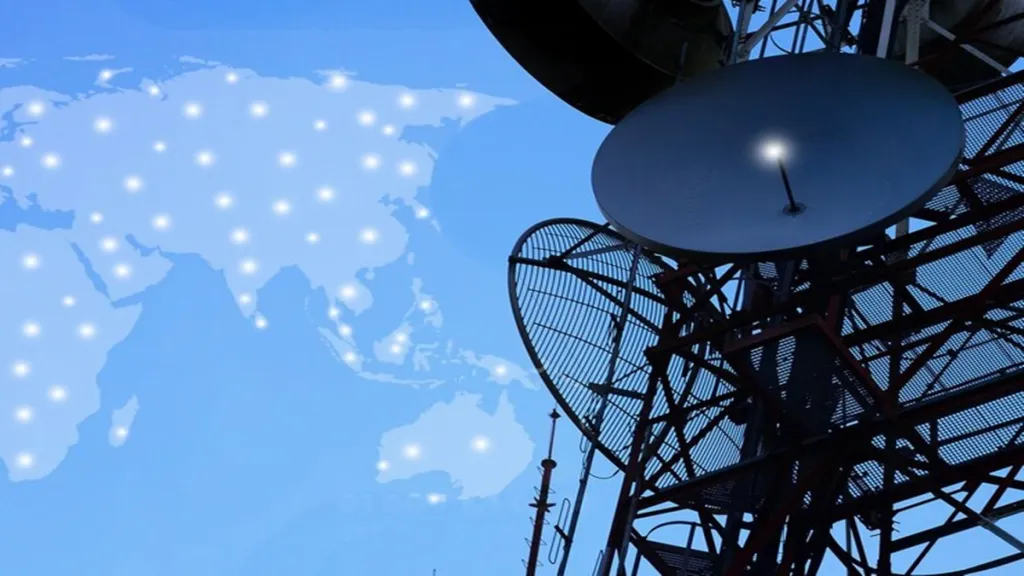
The Cellular Operators Association of India (COAI) has voiced disagreement over the recent recommendations on spectrum allocation for satellite-based communication services issued by the Telecom Regulatory Authority of India (Trai), warning that the move risks distorting India’s digital infrastructure landscape by favouring non-terrestrial players.
In a letter to the Department of Telecommunications (DoT), dated May 29, the COAI argued that TRAI’s recommendations offer “a regulatory advantage to commercial NGSO (non-geostationary orbit) satellites against terrestrial broadband service providers” and, if implemented, “will undermine competition and create a non-level playing field.” The industry body that represents the three private telcos Bharti Airtel, Reliance Jio, and Vodafone Idea, said that Trai’s recommended spectrum pricing mechanism was a major concern.
The recommended framework includes the higher of 4% of adjusted gross revenue (AGR) or ` 3,500 per MHz per annum, plus ` 500 annually per urban customer. The COAI has argued that these charges are not only unjustified but are also lower than the administrative fees currently levied on GSO-based VSAT services despite next-generation satellite networks offering directly substitutable services to those offered by terrestrial service providers.
“TRAI has not provided a clear rationale or explanation for recommending the said charges,” COAI said, adding that terrestrial operators continue to face significant upfront auction-determined spectrum costs — often translating into 18% to 53% of AGR.
It has argued that while terrestrial operators are bound by long-term spectrum payment commitments extending over a 20-year period at the revenues from over a billion subscribers, NGSO operators are not subject to similar financial or operational obligations, yet stand to benefit from long-term (up to 7 years) spectrum rights.
Calling the consultation process “non-transparent” and “misaligned with DoT’s mandate,” COAI has requested the formation of a DoT-led review committee to reassess the recommendations. “The price per MHz should be equivalent or at least comparable for both satellite and terrestrial services. Any deviation is an arbitrary distinction among service providers,” it asserted.
The association also questioned TRAI’s reliance on the argument that satellite services are essential to bridge the digital divide. In its recommendations Trai had referenced an August 2024 letter by the DoT which said that NGSO satellite-based communication would play a significant role in bridging the digital divide in the country.
“Nowhere did DoT claim that only NGSO satellite-based communication services can bridge the digital divide,” COAI noted in its letter, adding that TRAI’s recommendations fail to impose rural rollout obligations on satellite players despite invoking this rationale to justify ultra-low spectrum pricing.
COAI further disputed TRAI’s claim that NGSO systems are complementary, not competitive, to terrestrial networks. Citing examples like Starlink and Amazon’s Project Kuiper, the association said these services are increasingly targeting mass-market and enterprise segments with high-speed, low-latency broadband, particularly in urban India. “Satellite communication services are fast emerging as full-fledged competitors in the broadband market,” COAI stated.
It cited the example of Kenya where Starlink sustained 90% average growth and became the country’s seventh largest internet service provider in 18 months on the back of what COAI called favorable regulatory framework. “This compelled Kenya’s Communications Authority to correct the imbalance by proposing a nearly 1,000% increase in license fees for satellite internet service providers,” it noted.
The industry body has also raised objections over Trai’s rationale of to factor in device ecosystem maturity while recommending spectrum pricing reiterating that the cost of device has historically not been a consideration in spectrum pricing decisions.
Written by Urvi Malvania, Financial Express
